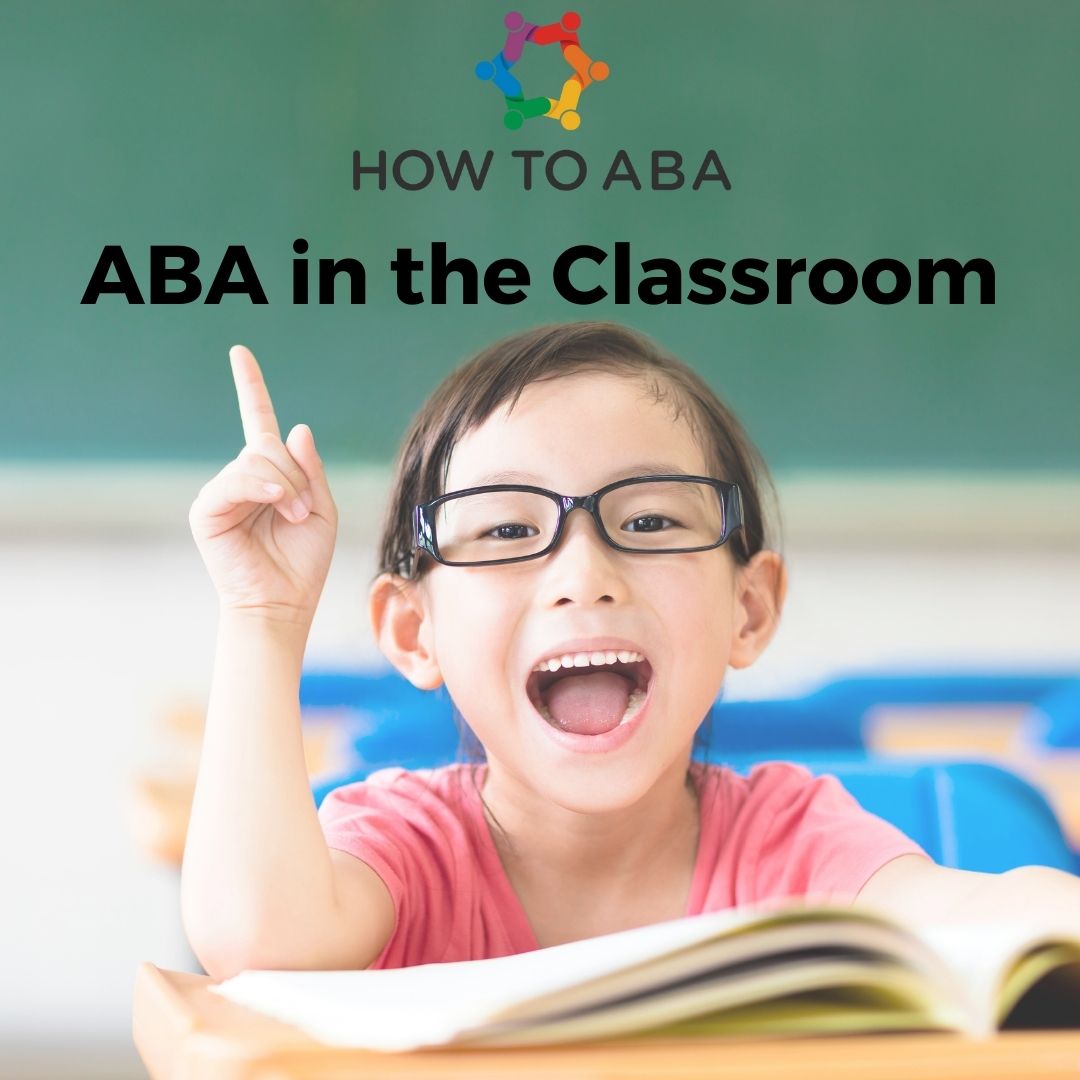
Back to school is even more daunting for students and teachers with additional COVID-19 anxieties on top of the regular start of school jitters we all feel. After almost 2 years of uncertainty, and inconsistent schooling and routines, this school year can pose additional challenges! Use these 5 tips to incorporate ABA in the classroom!
How can we make the transition back to school and routines in the classroom successful using ABA?
Set Clear Expectations
Most of us are familiar with setting SMART goals for ourselves (specific, measurable, achievable, realistic, time frame), but keeping this structure in mind we can set clear, age-appropriate, expectations for our students no matter their age or grade!
Example of clear classroom expectations: When the bell rings for recess, students will line up at the classroom door within 30 seconds.
It is important that students are aware of the classroom expectations – how can we expect a student to line up if they do not know what the bell signifies?
Keep It Simple
We need to remember that our end goal for June is not what our starting goal in September will be. In ABA we break down larger, more complex tasks into smaller more attainable steps. Using techniques like chaining, shaping, and task analyses we can take small steps towards our terminal goal.
Example of breaking down larger goals into smaller tasks: If the end goal for June is that the student packs their backpack with their homework, water bottle, lunch bag, and outside clothing; a starting goal in September may be for the student to put their water bottle in their backpack independently.
Add Routines
Adding routines to the school day will provide consistency to work on goals and can increase independence. Routines are a great way to familiarize oneself with context specific expectations.
Remember to keep it simple, and to gradually add on to routines as students become more independent and familiar with each step.
Example of snack routine: Snack happens twice daily, with the sequence of events remaining consistent from one snack time to the next – wash hands, set out placemat, put lunch bag and water bottle on table, eat, throw out garbage, put lunch bag and water bottle in cubby, put place mat in the sink.
In the above example we want to remember that this routine will be practiced twice daily, so we want to make sure the expectations are clear and to keep it simple. Our end goal for June would be for students to independently complete all the steps in the routine, but our initial goal in September would be for students to wash their hands and sit at the snack table – while receiving assistance and prompts for the other steps in the sequence.
Use Visuals
Have we mentioned we love visuals? Using visuals is a great way to increase independence, and to provide reminders and prompts for students throughout the day!
Remember, visuals need to be taught! We do not expect students to know and interpret what board maker symbols are supposed to mean without context and practice.
Vocal instructions disappear after they are spoken and can be difficult to remember in new environments with many distractions. Teach and use visuals to support your students.
Example of using visuals for handwashing routines: Instead of standing at the sink instructing the student through all the handwashing steps, you can provide the instruction ‘go wash your hands’ with a visual that shows the various steps (turn on tap, wet hands, pump soap into hands, lather for 20 seconds, rinse, turn off tap, dry hands).
Visual schedules, timers and countdowns, and first-then boards are all examples of visuals that can be used in the classroom.
Token Economies and Reinforcement Systems
Some classrooms use token economies for students individually or as a classroom group contingency. Depending on the need of your students, a token economy system may be one tool to incorporate.
Students can earn tokens to gain access to preferred activities or items individually, or as a group.
Example of classroom token economy: If students complete and hand in 85% of their weekly classroom work by Friday afternoon, they can have an extra recess end of day Friday.
What is reinforcing for one student may not be reinforcing for another student. We want to keep this in mind as individualizing care and support should be specific and unique to the student. While implementing a classroom reinforcement system, identify behaviors you would like to increase or see more of. Keep language and goals positive.
Example of positive goals and language: Keep your hands to yourself, raise your hand when you have a question, wait your turn, etc.
Example of using negative language to state goals: no pushing, do not call out in class, no budding in line, etc. (avoid using negative language).
Watch our YouTube video on Collecting Classroom Data!
http://https://www.youtube.com/watch?v=Q_CJuRsazlo
Listen to our Podcast about ABA in the Preschool Classroom!
http://https://www.youtube.com/watch?v=slmZfljOHbE
Not a Member? Join the Bx Resource for access to live monthly CEU’s, live monthly Q&A’s, program descriptions, data sheets and graphs, access to a community of professionals, and more!


I tried to use two different emails to join for free and download the free materials. Each email is returned as “invalid” when I know these are both working emails. I am really wanting to look over your resources. Any ideas what I can do ?
Nicia Cook
we’d be happy to help! Please fill out this contact box and we’ll get back to you: https://howtoaba.com/contact-us/